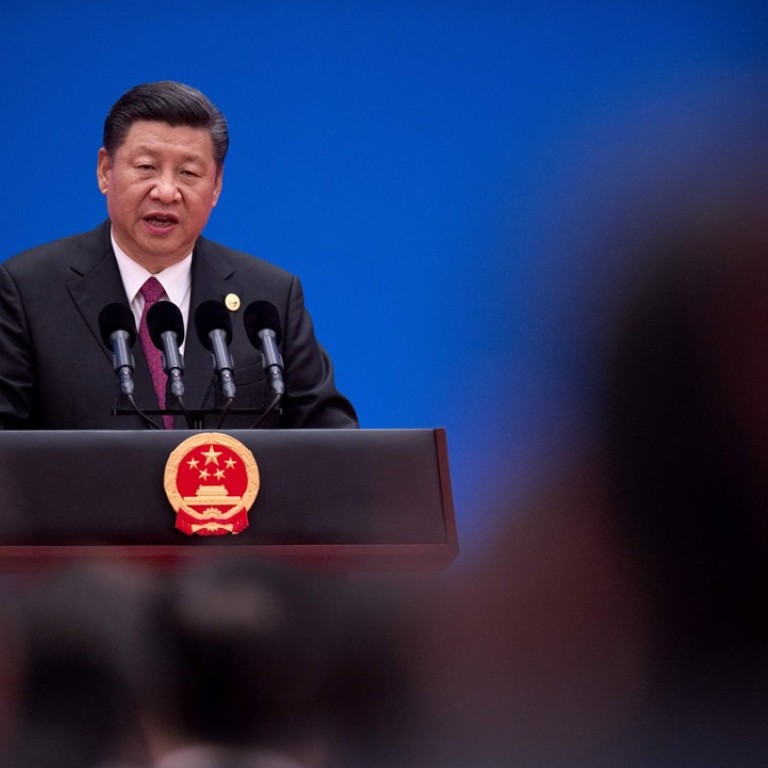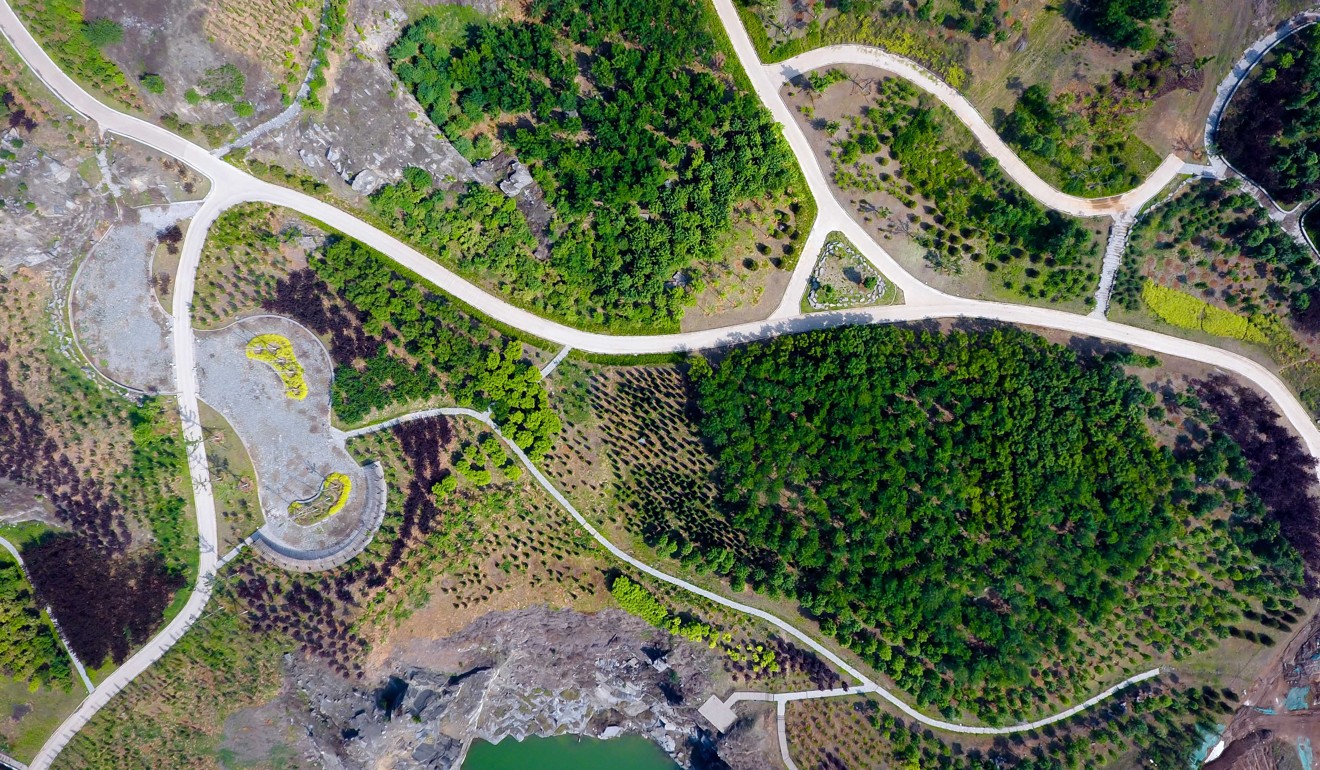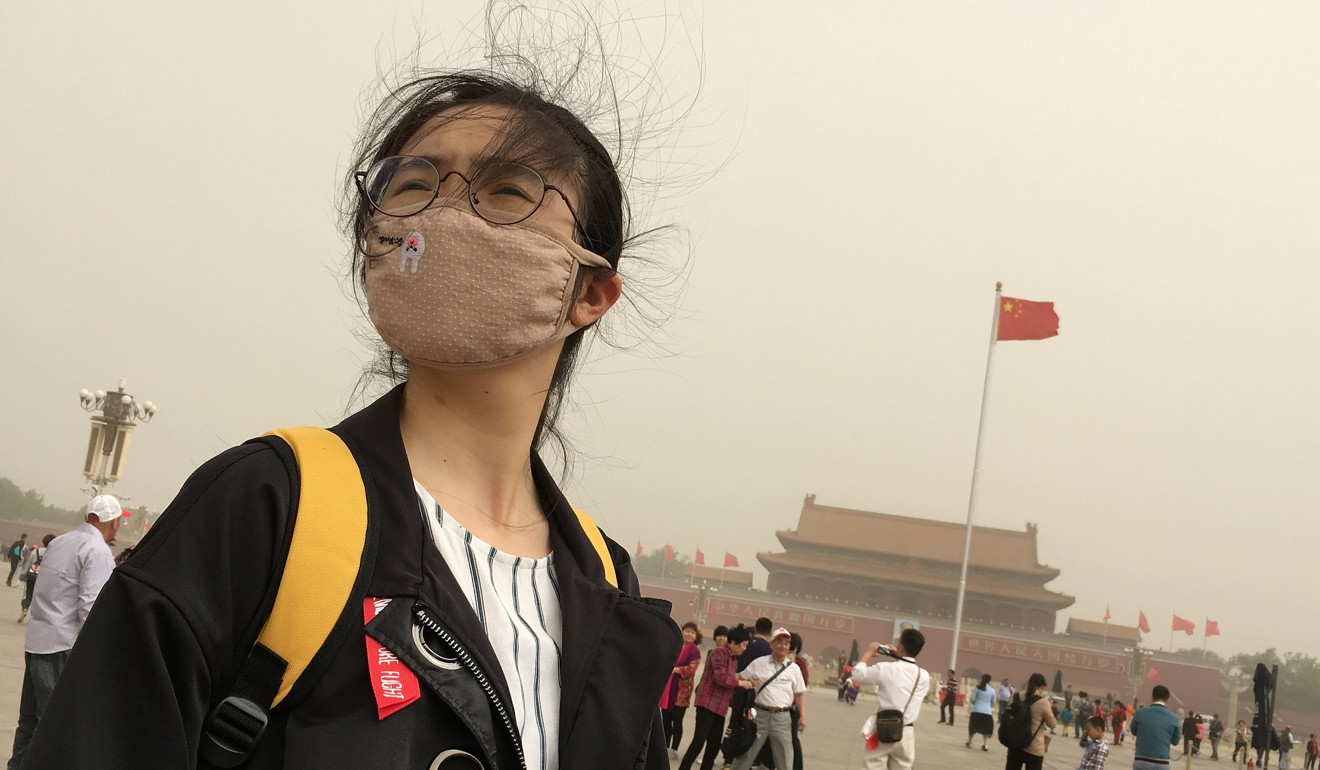
Why China’s belt and road must be a pathway to sustainable development
Michel Camdessus says Beijing’s ambitious campaign to promote its infrastructure-driven development model will profoundly change economies in the region and beyond, and China must honour its pledge of keeping growth sustainable
However, over the past 15 years, models of development have evolved. Given the increasingly pressing challenges presented by climate change and related environmental pressures, only a sustainability-led approach to investment can ensure the long-term “common prosperity” that China is seeking along the New Silk Road.
How China’s belt and road can pave the way to global sustainability
First unveiled by President Xi Jinping ( 習近平 ) in 2013, the belt and road project is expected to see US$1 trillion of investment in 64 countries, with one leg following the ancient Silk Road route from China to Europe, and another stretching from China to Southeast Asia and East Africa by sea.
It will see China exporting its infrastructure-driven development model across Asia into East Africa and even Europe. Chinese finance will support Chinese developers, partnering local and international enterprises, undertaking transport and energy projects. The initiative’s geographic scope takes in more than 50 per cent of the world’s population, 75 per cent of its energy resources and 40 per cent of global gross domestic product.
Multimedia special: The five main projects of the belt and road explained
The initiative will profoundly influence the economic development of the countries involved. It will more fully integrate their markets into the global economy, allowing them to better exploit their natural resources and ensure that their demographic dividends are invested rather than squandered.
But the scale of the initiative means that it will also have a significant impact on whether we meet international objectives to protect the climate and promote sustainable development. Investments made in infrastructure over the next 15 years will dictate whether we can avert the worst effects of global warming while generating sustainable growth.
China was instrumental in setting these objectives. Xi played a pivotal role in forging international consensus to secure the Paris climate change agreement in December 2015. Just over two months earlier, he attended the UN Sustainable Development Summit, which drew up the 2030 Sustainable Development Goals.


Significance of the ‘Belt and Road Initiative’ goes beyond trade
The same strategy would also ensure the economic viability of its belt and road investments. The global economy is rapidly decarbonising as the cost of clean energy technologies continues to plummet. High-carbon infrastructure is likely to become “stranded”, leaving investors nursing heavy losses. Meanwhile, investments that take into account the social and environmental context in which they are made are likely to be welcomed, rather than opposed, by the local people they directly affect.
More and more, it has become clear that only a sustainable investment-led development model can deliver “high-quality growth”, and in particular reduce poverty and protect the environment.
Such an approach is particularly important in Africa. The Africa Progress Panel shares a vision with many African countries that their full economic potential and electricity-access goals can only be reached through clean energy and sustainable development.
Five things to watch as China’s belt and road plan unfolds
Michel Camdessus was managing director of the International Monetary Fund from 1987 to 2000 and is a former governor of the Bank of France. He is a member of the Africa Progress Panel

